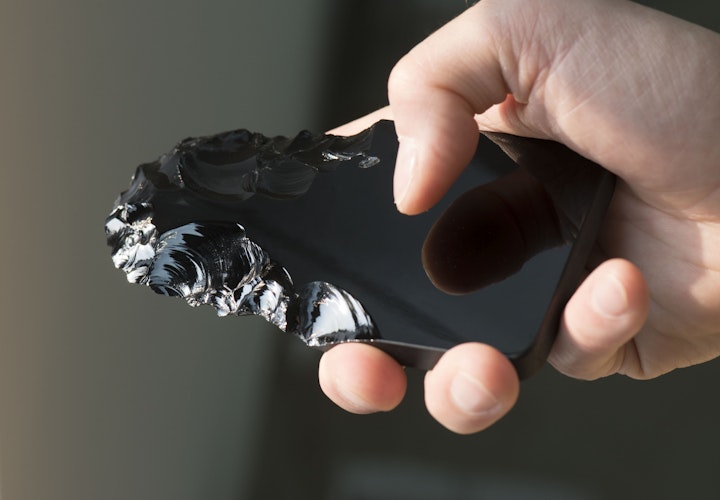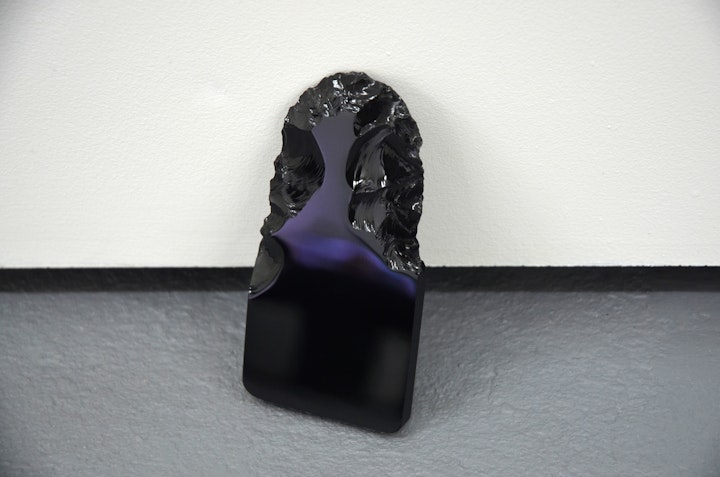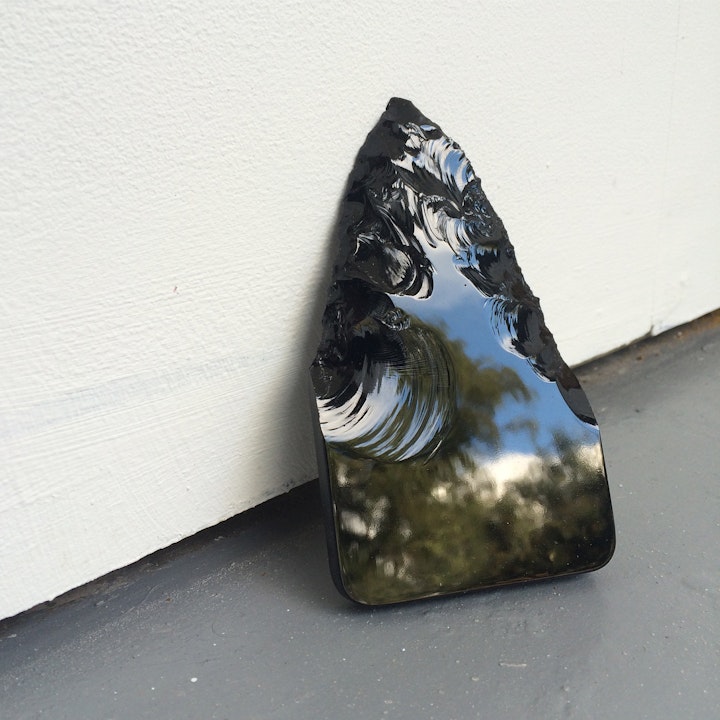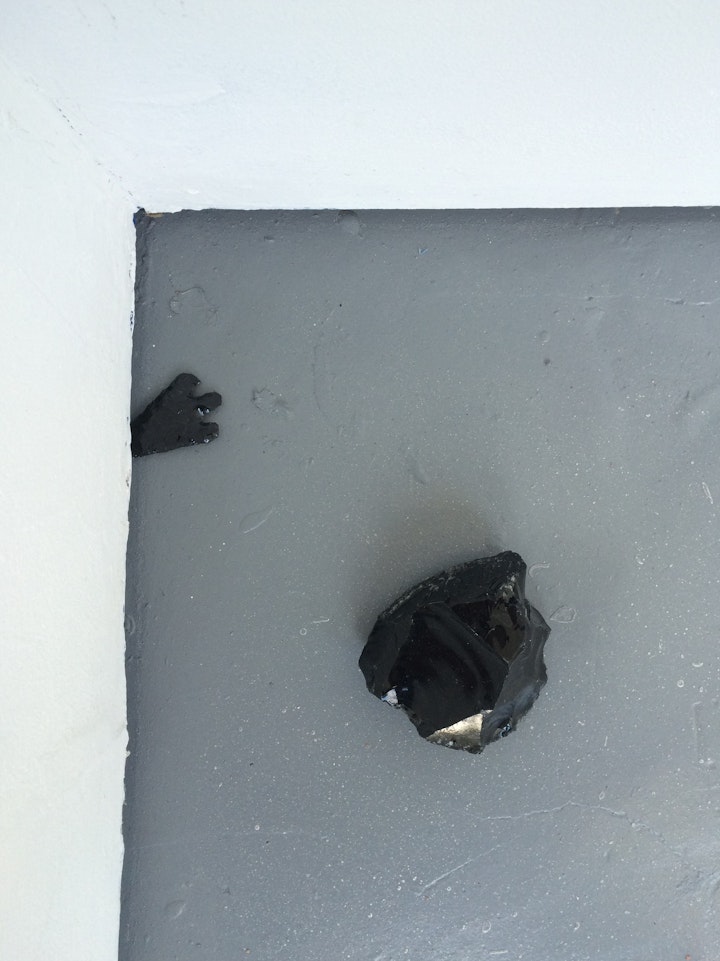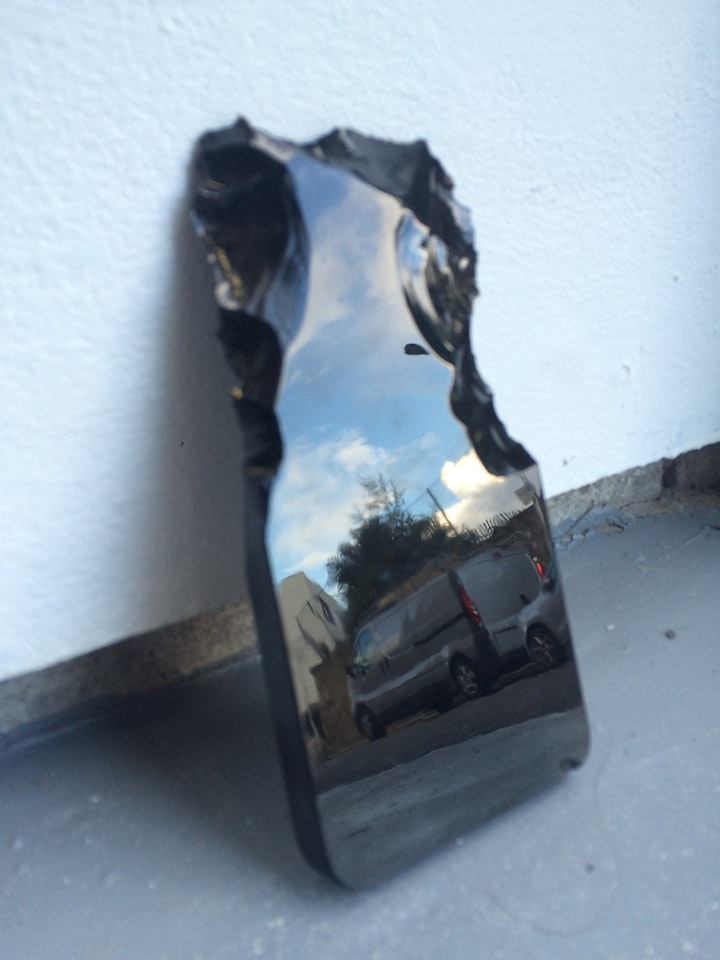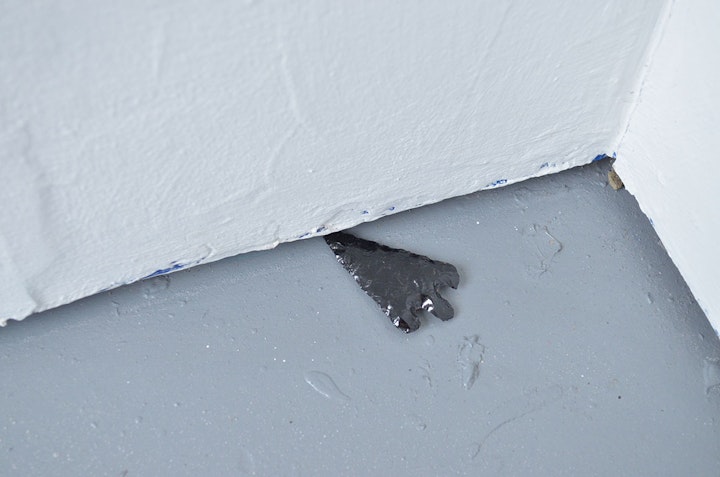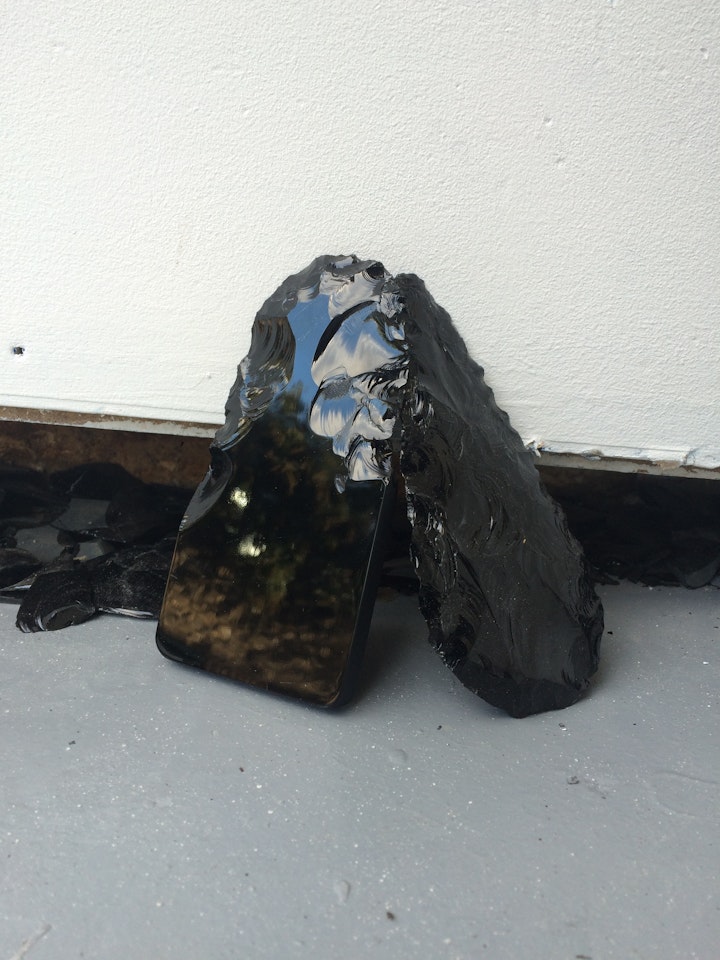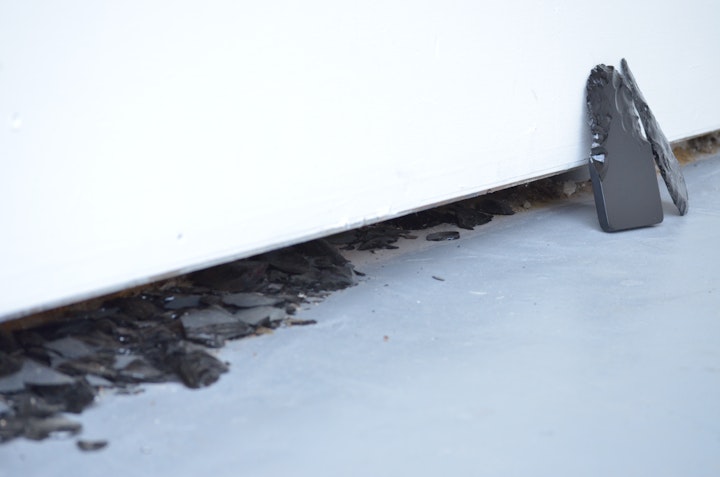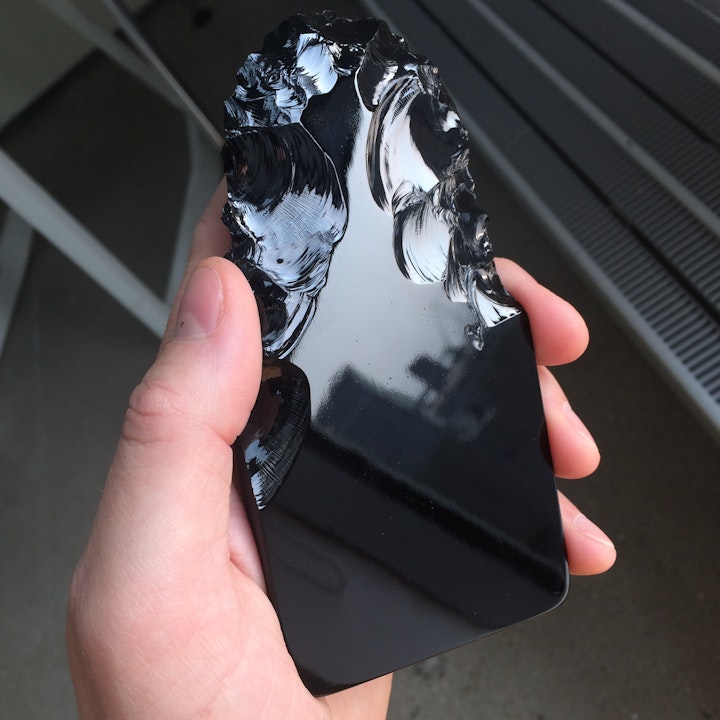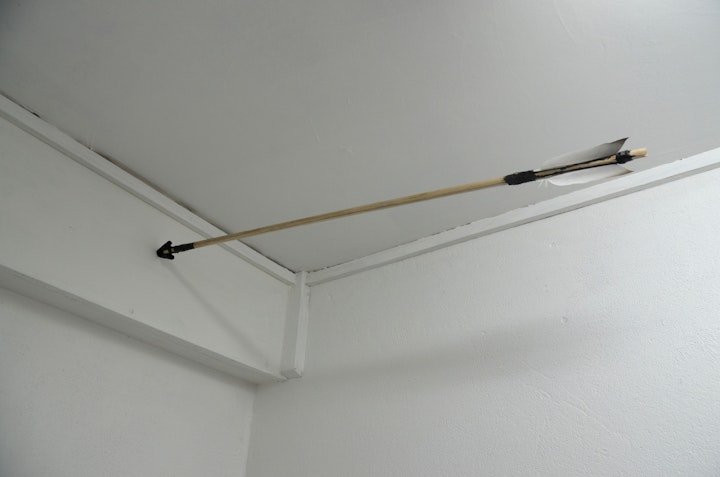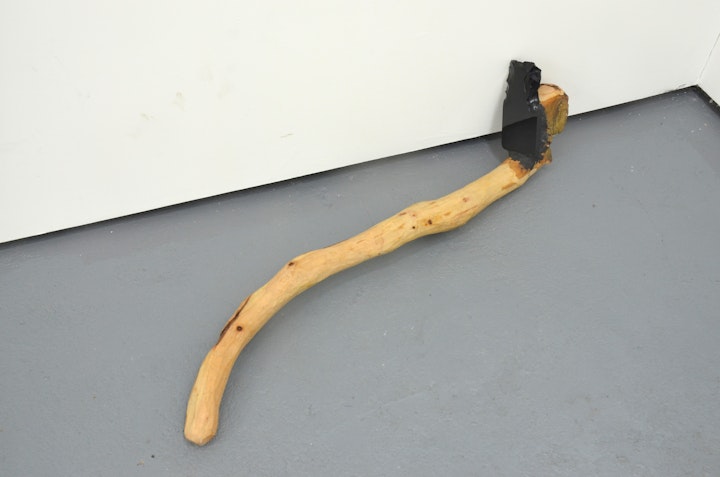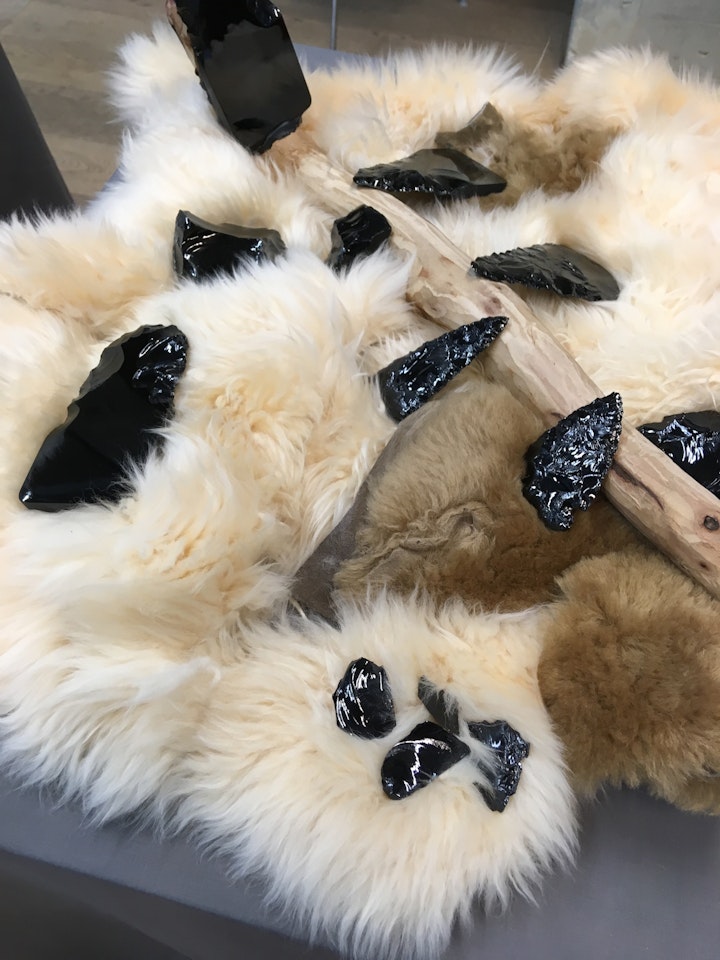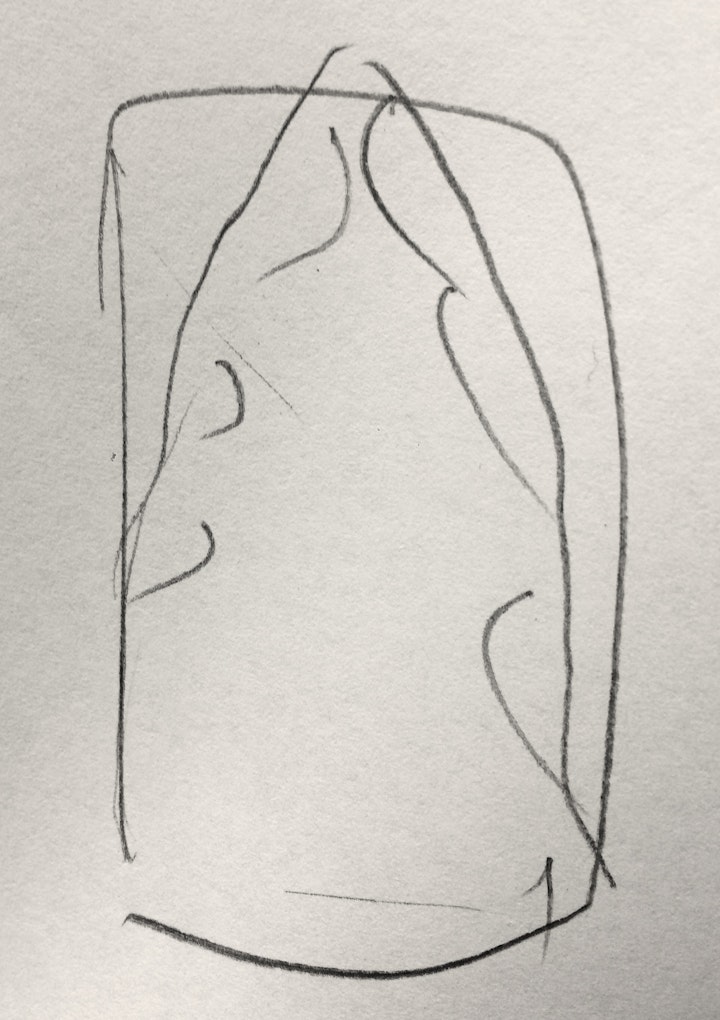Simply black
"It starts with this new finish, we call, jet black. It is absolutely stunning. It is a high gloss finish. So it’s a seamless surface between the glass and the aluminum back all around. It is a stainless steel Apple logo. The new integrated antennas are built so subtly you can barely see them at all anymore. And of course enclosure creates the housing for the camera. It is a beautiful new design.
There is a second new black, we call it simply black. It is bead-blasted aluminum, it diffuses light, it is a black logo and it looks very cool, very high tech. Well, the new iPhone 7 also looks beautiful in gold and in silver and of course rose gold.” *
* Phil Schiller – SVP of Worldwide Marketing at Apple. Apple iPhone 7 Keynote – September 2016 Launch Event. (Transcript - The Singju Post).
Simply Black
Glass, obsidian.
Thanks to John Lord, Livvy Fink, Kelly Allsopp, Liam Reeves and Stefan Stefanou.
Photo credits: Simon Ward, Sam Capps, Laura Dee Milnes and Artist's own.
"And so to iphones. Again, I’ve wanted to make them for a while, and that ‘getting lost’ thing above, combined with the glass thing meant i thought it’d be nice to show both together. With the launch of the iphone7 around the corner, and it being the most coveted, expensive thing for the everyday person to buy (ie, not like a ferrari or yacht, but just out of reach, prosaic luxury?) it seemed a good time too. I’ve been looking into obsidian, polished glass, scrying mirrors, claude glasses (these are cool) vanity glasses, etc for a bit, so wanted to make a work that roughly resembled a phone screen with a polished surface. "
Phone screens act in the same way as early mirrors (looking glasses) when turned off, but can be used for checking make-up, spots etc when using the selfie camera function - also the internet provides access to the things people in the past may have tried to foresee in pools or obsidian. Haptic vs digital, ergonomic shape, size, weight in both cases. Then I started thinking about broken phone screens and designed obsolescence, and remembered something about ‘early humans’ deliberately sharpening obsidian (and flint) by ‘knapping’ the edges to thin and make cutting edges - the first tools - hand axes.
They’re often cited as the first example of when early hominins got as far as making something (a sharp rock) that would work fine, practically, but then went a stage further to make them prettier (acheulean bifaces, projectile points), and aesthetics develops in human appreciation of objects beyond the immediately practical.
Since 2016, this work has been shown in various formats at Plazaplaza, Gossamer Fog, State of the Art (Berlin), the Pitt Rivers Museum (Oxford) and featured as a finalist in the 2019 Neo:Art Prize at Bolton Museum Gallery.













